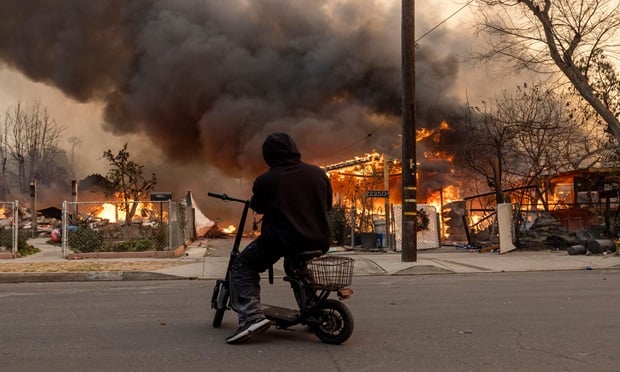At a time when experienced health care professionals are in short supply and budgets are under pressure, safety hazards in the health care industry are putting employees at risk, according to an industry report.
According to PMA Companies, which provides risk management services to more than 800 health care facilities, health care workers experience the highest rate of nonfatal injuries, with the next closest group being construction workers,
In its white paper, "Six Steps to a Safer Workforce: Building Accountability as an Essential Element for Injury Prevention in the Healthcare Industry," PMA Companies noted that health care facilities need to optimize the productivity of their staffs and keep their employees safe while reducing unnecessary costs.
PMA said a formal, well-managed and well-communicated safety program, combined with a zero-tolerance policy for violations, can significantly reduce the number of incidents and increase overall productivity.
For example, patient handling and movement tasks were two of the most common causes of injury--both of which can be reduced, if not eliminated, through proper training and communication, the use of appropriate equipment, and strict enforcement of best-practice protocols, PMA said.
The study said the top and mid management at health care facilities need to lead by example and create a culture of safety. "Employees observe and emulate their supervisors," PMA said.
Mid managers must also have the authority to take action and make changes when necessary. "This authority can be as simple as control of the staffing schedule--such as determining the length of staff member shifts, or it may involve the ability to make broader changes within their units, such as switching beds, making purchases, or relocating supplies, without permission from top managers," PMA said.
Health care facilities should also use reliable loss trend data to instill accountability. Based on the data, PMA said, goals should be set for each unit.
PMA said safety hazards are taking professionals out of the workforce at a time when the nation faces a critical shortage of skilled health care personnel.
According to the American Hospital Association (AHA), about 13 percent of U.S. nursing positions go unfilled, with the rate is expected to climb to 20 percent by 2015.
Want to continue reading?
Become a Free PropertyCasualty360 Digital Reader
Your access to unlimited PropertyCasualty360 content isn’t changing.
Once you are an ALM digital member, you’ll receive:
- Breaking insurance news and analysis, on-site and via our newsletters and custom alerts
- Weekly Insurance Speak podcast featuring exclusive interviews with industry leaders
- Educational webcasts, white papers, and ebooks from industry thought leaders
- Critical converage of the employee benefits and financial advisory markets on our other ALM sites, BenefitsPRO and ThinkAdvisor
Already have an account? Sign In Now
© 2025 ALM Global, LLC, All Rights Reserved. Request academic re-use from www.copyright.com. All other uses, submit a request to [email protected]. For more information visit Asset & Logo Licensing.








